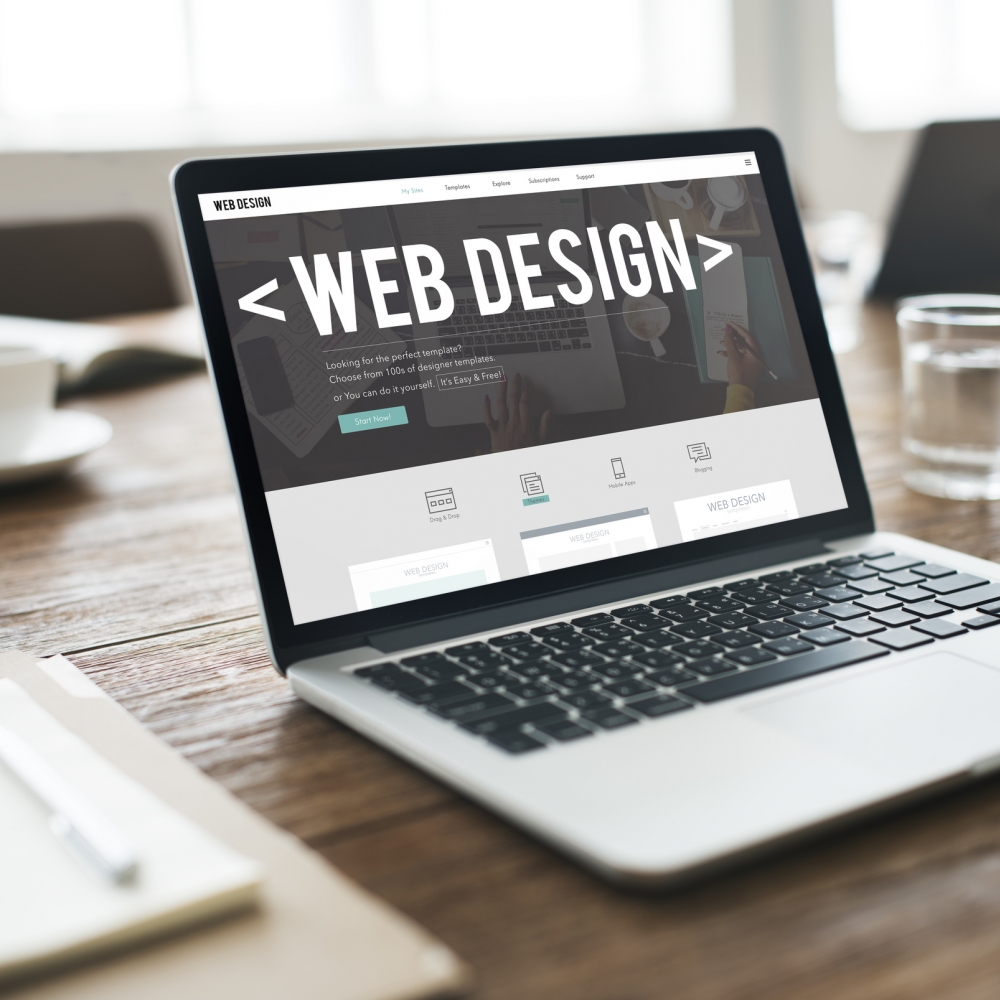PRESS
7 Must-Know Web Design Tips to Reduce Your Bounce Rate

Check this out: it only takes about 50 milliseconds for users to decide if they like your website or not. In case you’re not great at math, that adds up to about 0.05 seconds for users to make an informed opinion about your site.
To keep your customers engaged, find out our must-know web design tips to reduce your bounce rate today!
1. Improve Your Website Speed
Let’s face it: in today’s day and age, no one has time to wait around for a slow-loading website. That’s because there are so many other similar websites to choose from. You don’t want to lose any visitors to your website, do you?
One of the first things you should do is improve your website speed as soon as possible. Not only will this enhance your web design layout, but it will also make your site stand out from the rest of the competition.
Instead of making guests hit the “back arrow” button, you might want to take a few moments to boost your web design speed. To do so, there’s nothing wrong with removing things such as Flash to make your site run faster. You can also limit or compress the number of videos or photos on your website.
When all else fails, try minimizing HTTP requests and eliminating any character clogging.
2. Make a Navigation Guide
Without a navigation guide, people don’t know where to look and they will more than likely leave your website. That’s why navigation bars are such a wonderful way to fix any customer confusion. Creating a virtual roadmap through your website can lower the bounce rate like no other.
For starters, ask your web designer to place a large navigation bar at the very top of your site. Then, place the navigation heading in a bold, big font that’s easy-to-read.
3. Become More Mobile Adaptive
To tell you the truth, most adults in the U.S. own some sort of smartphone device. Many of them use their smartphone device to access the internet most of the time. So setting up your website to only suit laptop or desktop accessibility will shut out a ton of potential clientele.
It gets worse: those who choose to view your site on a tablet or a smartphone won’t be able to see your site either. Since this is such a pricey mistake, you’re bound to lose customers and raise your bounce rate.
To solve this, you must resize your website based on different screen sizes with a more responsive mobile design. Make thumb-sized buttons for customers with large hands. Place width in screen percentage instead of pixels.
Pro tip: take care of any annoying ads that may block your page content too.
4. Recommend Like-Minded Content
Keeping more people on your site will reduce the bounce rate for your business. So recommending like-minded content to your visitors can be the most effective way to keep them on your page. To do this, create a section for related pages at the bottom of each product or article page.
FYI: you can even link suggested pages in the middle of articles. Start by including eye-grabbing headlines such as “You might also like (fill in the blank).” Next, provide a link to a website with close suggestions or products to the one that your customers are already viewing.
5. Make Website Searches More
Simple
Another word of advice is to make your website searches much simpler for viewers. Since scrolling through site maps is time-consuming, you don’t want to waste your clients’ precious time.
To fix this, you need to put the answers at your customers’ fingertips. That’s why search boxes are so important, helping visitors find what they need at record rates. Without it, your huge bounce rate might continue to increase.
Place a large search box on the header of your website. Don’t put it at the bottom of the page, as it might be easily overlooked by clients. Then, put the word “Search” right next to it instead of having customers look for a tiny magnifying glass.
For bonus points, outline it in a bright red or blue color. P.S.: adding predictive text is the best way to cut down on customer typing.
6. Run Multiple Split Tests for Your Site
To figure out which website design is the best for your page, you might want to try out A/B testing. This sort of testing will divide your webpage into two different variations to test the audience’s response.
That way, you’ll be able to test important factors, such as different:
- Headlines
- Images
- Font colors
- CTA buttons
- Subscription forms
The more concrete data you receive, the more likely you’ll be able to predict what your customers like and don’t like. Be sure to analyze your results as closely as possible. Check out the different conversion rates to choose the winner based on the lowest bounce rate.
7. Show Clients You’re Legitimate
Finally, redesigning your website to look more professional is the best way to show clients you’re the real deal.
To begin, make sure to feature your following information prominently:
- Company address
- Phone number
On top of that, talking about how long you have been in the business is another way to reassure your clients that you’re legitimate.
Mastering These Web Design Tips Is Easy
Tired of hunting for web design companies you can trust? Here’s the deal: mastering these essential web design tips can be easy.
Looking for more web design business tips? When it comes to the hottest web design advice and the most talented web designers, we’ve got you covered.
Ask our team of experts to implement these simple web design tips today!





